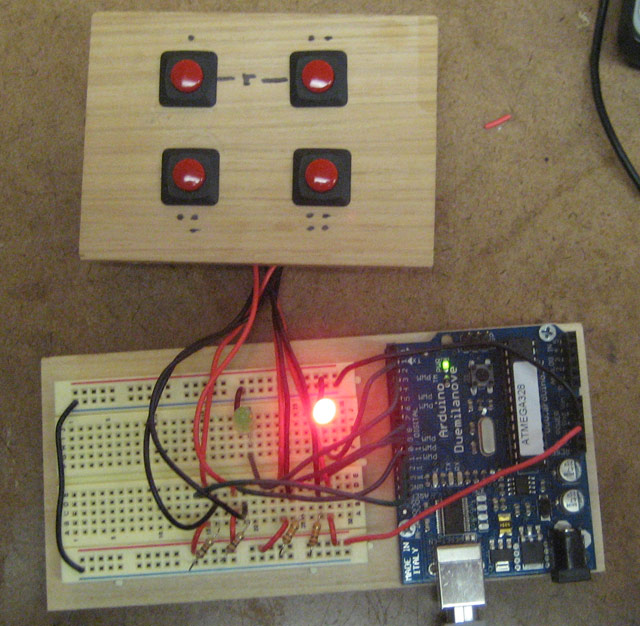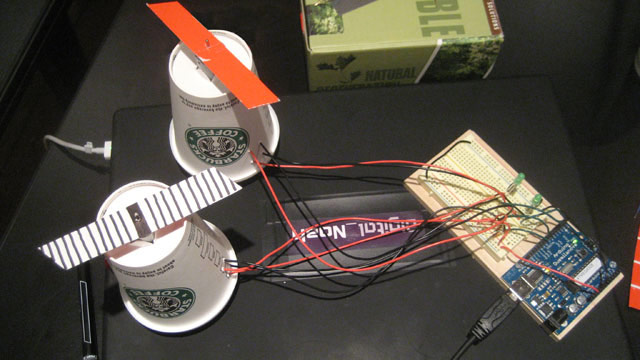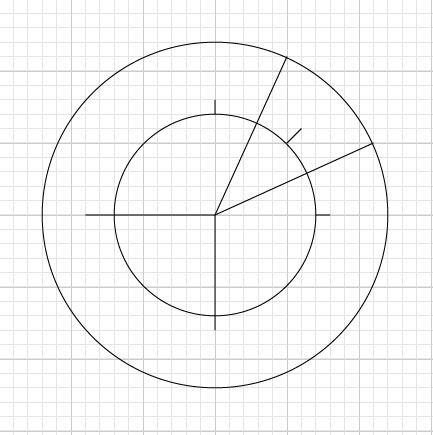Robot Drummer Concept Development (9/23/2009)
Double Arm Robot Drummer – Test 1 from Noah King on Vimeo.
I devised a simpler design to continue exploring the use of servos with robotic arms.
This design has two separate arms, each one pivoting with the intent of striking another object, making a drum sound.
This initial test was to directly control the position of the arm with the position of the potentiometer. It was successful, but would make playing successive drum beats both tedious and difficult.
Double Arm Robot Drummer – Test 2 from Noah King on Vimeo.
This second test explored a looped movement, independent of an analog control dial.
Both arms successfully looped their movement back and forth. You can see the metal cup and glass bottle in near-striking range, ready to make two unique drum sounds.
Double Arm Robot Drummer – Test 3 from Noah King on Vimeo.
This final test was largely successful, but it also identified a limitation of programming with a “for” loop.
In this setup, each arm is controlled by an analog dial, where programmatically the speed of the arm increases as the dial position increases.
In the end, this only made for two different arm velocities, but not two different rhythmic paces. Because both actions were programmed into the same “for” loop, the faster of the two arms must wait until the slower arm finishes moving, before looping into a second movement.
Although enormous progress was made on this project, a different programming strategy will be needed to get the result I want.



